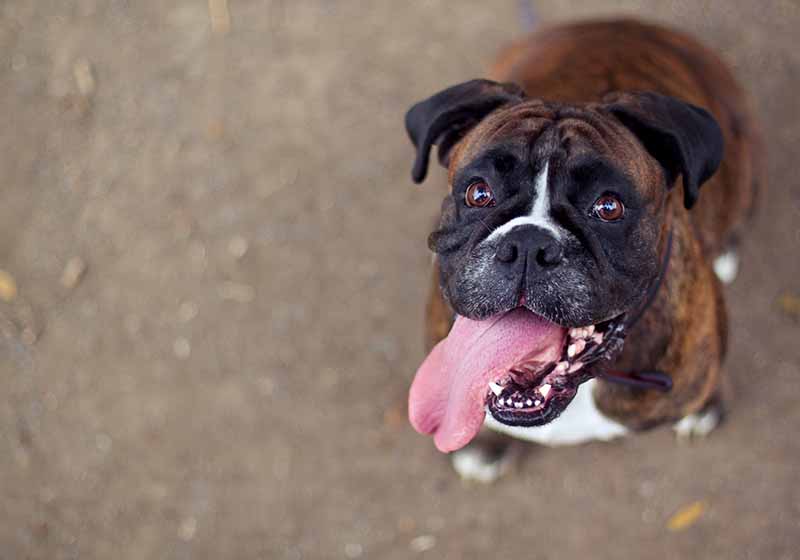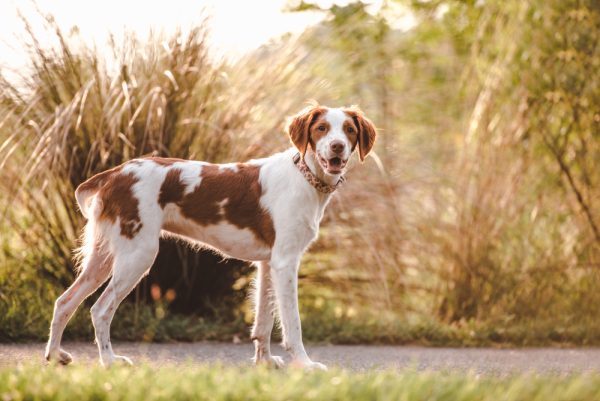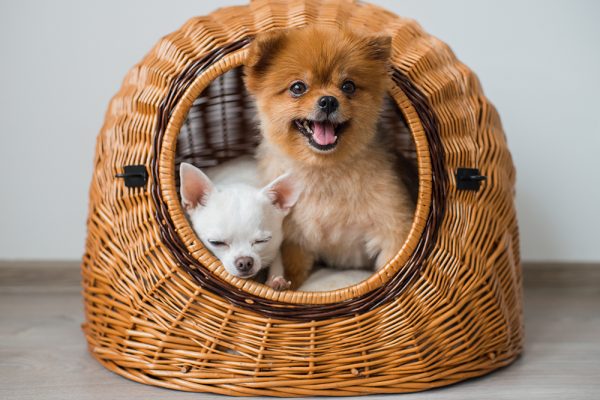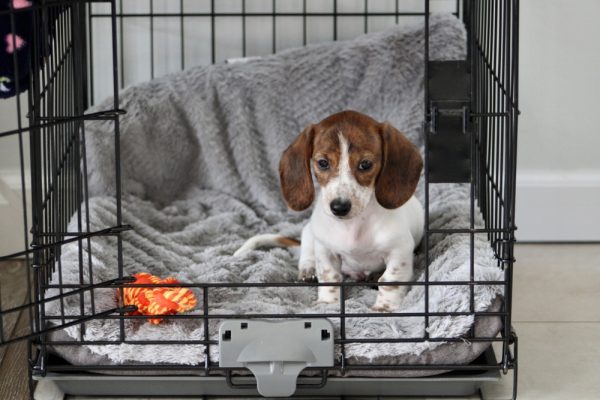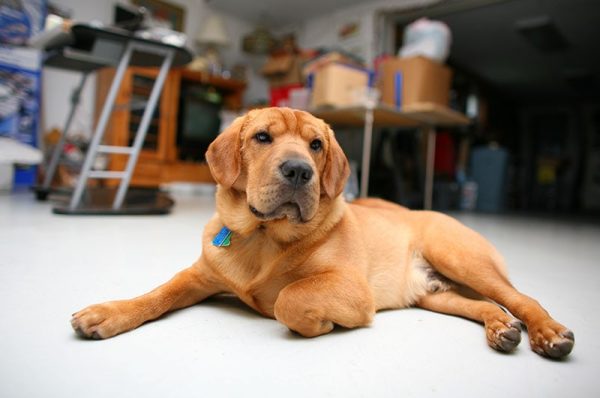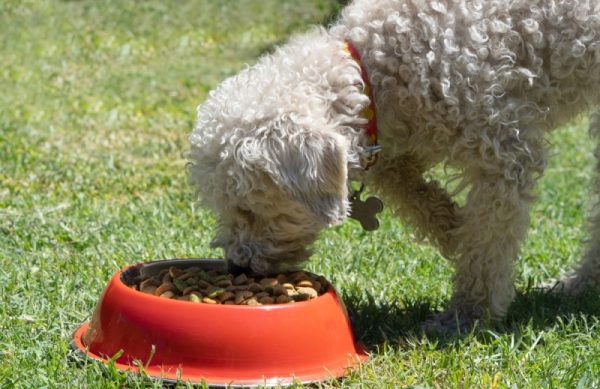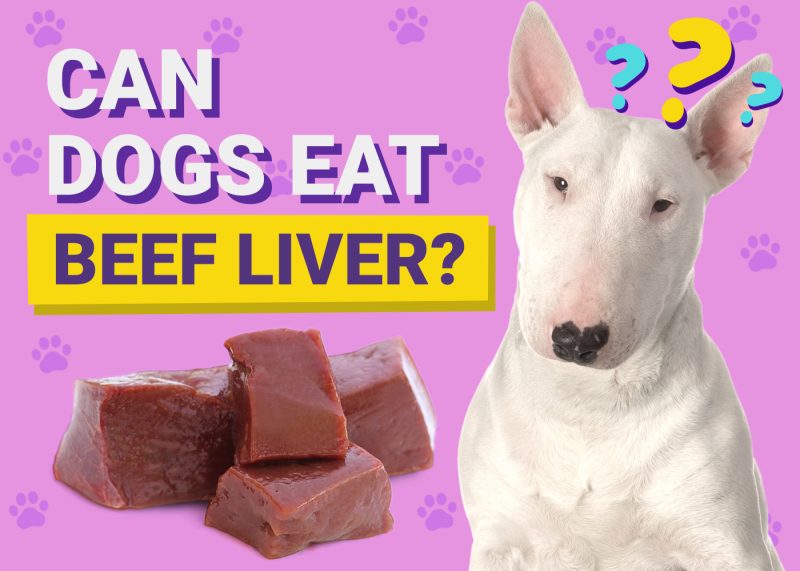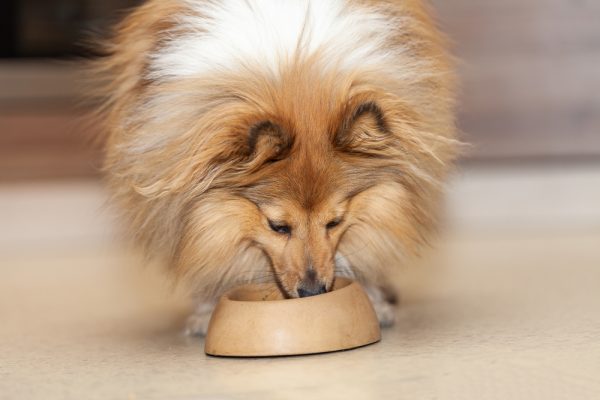In this article
View 3 More +Dogs can have a very wide range of respiration rates. Some dogs sleep so deeply that they can look dead because their respiration rates drop so low. Other dogs are frequently active or hyper and spend large portions of the day panting. So, what counts as a normal respiration rate? When is your dog’s respiration rate a cause for concern?
We reviewed the information provided by multiple veterinary hospitals to get the best answer to these essential questions. An abnormal respiration rate can be a sign that something is seriously wrong with your dog, so knowing what is normal and what isn’t is important to screen your dog’s health while at home.
Normal Dog Respiration Rate
The regular respiration rate for an adult dog at rest is between 10 and 30 breaths per minute. The wide range of a normal respiratory rate is attributed to the many different sizes of various dog breeds and their chest conformation. For example, larger dogs typically have a lower resting respiration rate than smaller dogs. Each dog will have a respiration rate that is personal and normal for them.
A higher respiration rate is expected in situations where your dog is exerting itself (playing, running, or exercising) or if your dog is hot or scared.
The times you should worry about an abnormal respiration rate are when:
- Your dog is calm and relaxed and is still experiencing a high respiration rate.
- Your dog seems to be exerting a tremendous amount of effort from his or her abdominal muscles to breathe.
- Your dog’s respiratory rate seems abnormally low.
- Your dog is struggling to breathe or panting when there’s no reason to pant.
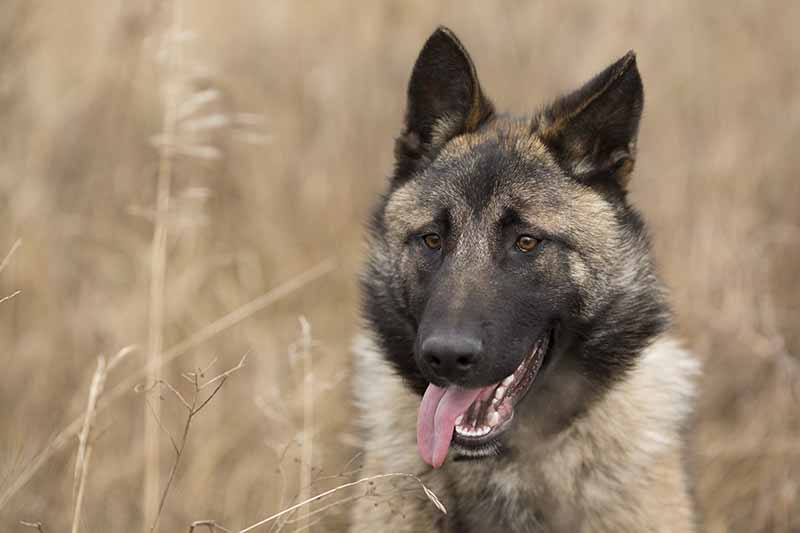
How to Take Your Dog’s Respiration Rate at Home (And Why You Should)
Abnormal respiration rates can be a sign that something is wrong with your dog. For that reason, catching these signs early can be an early warning that allows you to find and address a problem before it becomes too severe.
The best way to take your dog’s respiration rate is to wait until they are relaxed and calm (but not asleep) and then set a timer for 1 minute. Start the timer and then count your dog’s breaths by the movement of their chest. Count for the entire minute and record the date, time, and the reading. You can do it a second time to get a better average.
Take note that under normal circumstances, you shouldn’t be able to observe your dog’s chest move much while they breathe at rest. If your dog’s chest or abdomen seems to be contracting heavily even when they’re resting, you should have them looked at by your veterinarian as soon as possible.
Just like us, a dog’s respiratory rate will naturally decrease when they sleep. Though taking respiratory rates while a dog sleeps is easy, it’s not a good reference point for determining your dog’s normal respiratory rate.
If you are concerned about your dog’s resting respiratory rate, it is a good idea to do this every few hours and get at least three data points.
Your dog’s respiratory rate could be a sign of an issue if you observe one of the following:
- Your dog’s respiratory rate is routinely above average when they are calm and relaxed.
- Your dog’s respiratory rate is routinely below average when they are calm and relaxed.
- Your dog seems to be exerting extra effort to breathe even when they are calm and relaxed.
- Your dog’s breathing pattern at rest is inconsistent (for example, multiple shallow breaths for a while followed by a period of normal breathing).
If your dog is showing one of these signs, we suggest you speak to a vet.
If you need to speak with a vet but can't get to one, head over to PangoVet. It's our online service where you can talk to a vet online and get the advice you need for your dog — all at an affordable price!

Reasons for Abnormal Respiration Rates at Rest
If you find your dog’s respiratory rate abnormal, it warrants veterinary attention as soon as possible. There are several reasons why you might be observing an abnormal respiratory rate in your pup.
- Pain or injury
- An underlying disease or infection
- A heart issue
- A respiratory system issue
- Conformation issues (this is very common in flat-faced breeds, like the Pug)
- Low levels of blood oxygen
- Poisoning
- A moderate to severe allergic reaction
- An abnormal growth or a tumor
- Congenital issues (often observed in recently weaned puppies)
Make Sure to Take the Respiratory Rate at Rest
As we mentioned, a dog’s respiration rate can vary wildly depending on the situation. To get an accurate baseline, you must take your dog’s respiration rate while they are calm and relaxed (but awake). For example, you can also take your dog’s respiration rate while they are calmly lying down as long as they have not recently been exerting themselves.
Do not take your dog’s respiration rate when they are panting after exercise. Panting is a natural behavior in dogs that is rarely concerning but can throw off your ability to take an accurate reading. Panting can be caused by several factors: stress, happiness, heat, and exercise, to name a few.
If you try and take the respiration rate while your dog is exercising, active, stressed, or sick, you will not get an accurate baseline.

What to Do if Your Dog Has an Abnormal Respiration Rate
If you suspect that your dog has an abnormal respiration rate while they are at rest, the best thing to do is to schedule an appointment with your veterinarian. Your vet will be able to take your concerns into account and look for signs of an underlying issue that may be the reason why your pup isn’t breathing as it should. Catching these types of problems in their earliest stages is the best way to ensure successful treatment down the line.
Final Thoughts
The average respiration rate in dogs will vary from 10 to 30 breaths per minute. It is best to measure your dog’s respiration rate when they are relaxed and calm. If you notice that your dog consistently has an abnormal resting respiration rate, it could be a sign that something is wrong. If you suspect that could be the case, the best course of action is to schedule an exam with your veterinarian.
See Also:
- Why Does My Dog Breathe Fast While Sleeping: Is it Normal? (Vet Answer)
- Why Is My Puppy Breathing Fast: Should I Worry? (Vet Answer)
Featured Image Credit: Lyubov Timofeyeva, Shutterstock

